Radiant heat, like real estate — it’s all about location, location, location
Three factors that allow radiant systems to provide better comfort.
By Kolyn Marshall
There are three main factors main factors that allow radiant systems to provide superior comfort.
We’ve heard the cliché hundreds of times. In matters of real estate, there’re only three things that matter: location, location, location.
The same is true with radiant heat. Over the years, there’s been a lot of talk regarding radiant systems — from how to install and circulation strategies, to the overall comfort radiant systems provide. Too often overlooked, though, is why radiant heat works so well, and how purposeful design has such an impact on system performance.
Understanding the need
One of the key advantages to radiant is its ability to interact with us — that is, we the human occupants, in ways our bodies experience and respond to it.
Comfort is subjective, after all. But there are some basic guidelines. Our bodies produce energy: about 400-450 Btu an hour, generally. To be comfortable, we need to lose heat at a specific rate. Lose it too fast and we feel cold. Lose it too slowly and we feel hot.


Comfort is less about temperature and more about the rate of loss, or exchange, with our surroundings.
Walk outside on a cold winter’s day without a jacket; that’s cold. Throw on a jacket and suddenly the outside isn’t so bad. The outside didn’t change and neither did our bodies. What changed was the jacket. We insulated our bodies and reduced the rate of heat loss — so we keep more heat longer. As a result, we feel warmer.
So, comfort is less about temperature and more about the rate of loss, or exchange, with our surroundings. When dealing with the outside world, there isn’t a lot we can do to change it. But when we consider the interior of our home or office, there are ways that we can make an impact.
In general, there are three main factors that allow radiant systems to provide better comfort.
1. Ceiling height
Ceiling height is a big factor. Forced air systems supply warm air into a space. Most of the time the air temperature coming out of vents is around 120° F. Predictably, warm air floats on top of cooler air. Unfortunately, us occupants aren’t located by the ceiling. Instead, we’re waiting patiently on the floor to experience that warmth. With vents located on the floor, all this nice warm air will first go up to the ceiling where it will linger until one of two things happen. Either it'll cool naturally by losing its thermal energy to the cooler ceiling and falls, or it will be forced downward by ceiling fans.


Ceiling height is a big factor in radiant system design.
While forced air systems maintain the bulk of their heat near the ceiling of a room, a radiant floor does just the opposite. Radiant floors keep the heat at the floor, right where we are. For the most part, a radiantly heated environment will lose approximately 2-3 degrees of temperature for every 10 feet above the first 10 feet.
For example, let’s say a room has a 25-foot ceiling. A radiant system will maintain 68° at the floor and will lose temperature upward. A good estimate of the air temperature at the ceiling will be approximately 65° F. This is a dramatic difference from a forced air system where the air temperature at the ceiling may be as warm as 110° F. This difference impacts how much heat energy is lost through the ceiling.
As a result of having all the heat at the ceiling, forced air systems rely heavily on some mechanical means (such as a fan) to keep the air mixed as evenly as possible. Which leads us to the next factor.
2. Convection
One of the nice things about fans is they help us feel cooler on a warm day. Air moving across the skin enhances evaporation, which in turn helps us feel cooler when surrounding temperatures are warm. The problem with this is any air movement across our skin makes us feel cooler regardless of air temperature.
If the air temperature is 100° F, then feeling cooler is great. But, if the air temperature is already a pleasant 70° F, then feeling cooler may not be so ideal. Forced air systems are always moving air, either from the vents directly or via external factors like ceiling fans. All this air movement is directly impacting how we, the occupants, perceive the interior space. The temperature on the t-stat may read 72° F, but it sure feels cooler.


It is generally recommended to keep a ceiling fan off when running a radiant floor heating system in oder to minimize air movement and reduce convective heat loss.
With radiant, though, there’s almost zero air movement. In fact, it’s generally recommended to keep ceiling fans off when running a radiant floor heating system. Mainly for the same reasons why it’s advantageous to do so with forced air.
As mentioned before, in a radiant system the ceiling air will be significantly cooler. Running ceiling fans will only force all that cooler air back down to where we are. The second reason not to run a fan in conjunction with a radiantly heated floor is that we want to minimize air movement to reduce convective heat loss. We want to feel as warm and cozy as possible; reducing air movement helps.
And speaking of cozy: that leads us to our last main factor.
3. Surface temperatures
I think we’ve all experienced the sensation of picking up a hot cup of coffee or cocoa on a cold morning. The feeling of holding something warm in our hands makes our whole body feel warm. One of the reasons this happens is because our extremities (hands and feet) typically are the farthest away from our core and thus have the lowest temperature. Doesn’t take much additional heat loss for them to feel cold. Picking up that warm cup stops the heat loss and allows our hands to hold on to the heat they have.
Our feet are the same way. Stepping onto a warm floor is essentially the same as picking up a warm cup. Our feet no longer lose heat to the surface they’re in contact with. The result: our feet feel warmer, and subsequently, so do we.
In a forced air environment, floors are typically the coldest surface in the space. They’re the farthest from the warm air and — being the floor — this is where all the cool air settles. To counter this, we find ourselves wearing socks or slippers in the winter – anything to help keep our feet warmer.
A radiant system eliminates the need for slippers (or socks) by keeping the floor a nice 85° F. This is about the same temperature as our feet which means we neither lose heat to the floor nor gain it. The floor simply isn’t a factor.
From a comfort standpoint, this is ideal. Another ideal factor to warm floors is that by maintaining an 85° F temperature, the floors become the warmest surface in the space and in turn radiate heat to the other surfaces. In a forced air setting, the surfaces are generally cooler than the average air temperature. In a radiant environment, the surfaces are generally warmer than the average air temperature. This means our bodies lose less heat to these surfaces — helping us to feel warmer.

A radiant system eliminates the need for slippers (or socks) by keeping the floor a nice 85° F. This is about the same temperature as our feet which means we neither lose heat to the floor nor gain it. The floor simply isn’t a factor.
Doing what feels right
So, just as it is with real estate, the answer may be simply knowing what the customer wants or needs. The same is true for selecting the ideal heating system. Understanding how the place to be heated is set up, arranged and used will give us a better understanding of how the system will function . . . and how the occupants will feel. Knowing it’s less about temperature and more about how we interact with our surroundings is the first step in knowing how important location can be.
ABOUT THE AUTHOR
Kolyn “Coach” Marshall is systems engineer manager for North Andover-based Watts Water Technologies. He has been with the firm for 27 years. His responsibilities include radiant heat and snowmelt, ACV, Powers and IntelliStation systems designs, customer service, and the conducting of professional seminars regionally and nationally. Marshall is a published author with several publications within the hydronic industry.
Photos courtesy of Watts Water Technologies




